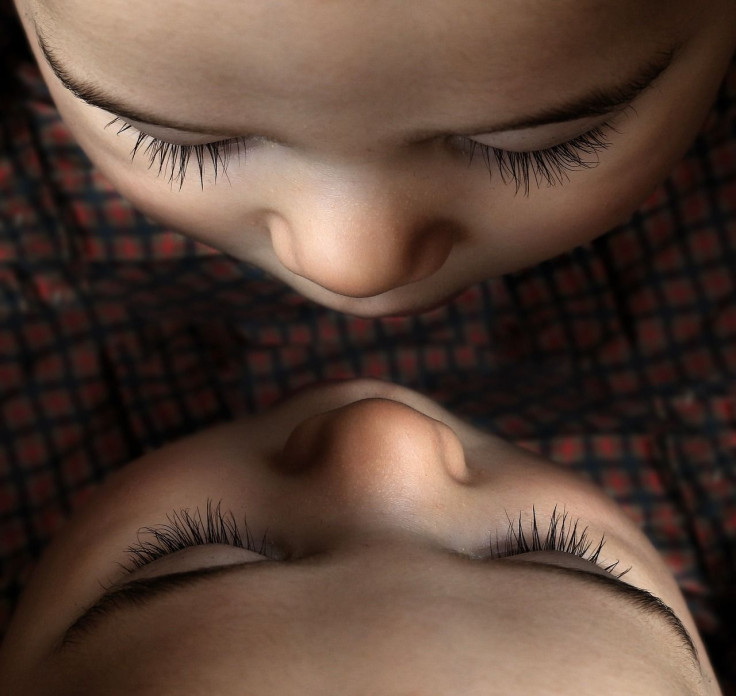Woman Gives Birth To Rare Set Of Twins Conceived 10 Days Apart

An Australian couple got two babies for the price of one when the pregnant woman conceived a second fetus 10 full days after the first one, thanks to a rare condition.
The BBC reported that the mother, Kate Hill, gave birth 10 months ago to her “twins” Charlotte and Olivia, who were born at different sizes and weights. But the girls are different from other sisters born on the same day. Fraternal twins come when a woman releases two eggs at once, which are then fertilized at the same time, and identical twins occur when a fertilized eggs splits into two. In the case of Charlotte and Olivia, however, their mother released an egg that was fertilized by husband Peter and then 10 days later, although she was already pregnant, Kate continued ovulating and released another egg, which was then fertilized by sperm that had survived inside her reproductive system — one ejaculation, two separate conceptions. It is a rare circumstance called superfetation, of which there are only about a dozen documented cases around the world.
To add to the odds against such a double conception, the mother had been told she might never become pregnant due to a condition called polycystic ovary syndrome that, among other symptoms, blocks ovulation. But Hill was receiving hormone treatment for the condition.
Doctors don’t fully understand what causes superfetation. Usually women stop ovulating when they are pregnant, in part because of their heightened level of the hormone progesterone, which explains why the one in 2,000 women born with double reproductive organs, like two uteruses, do not conceive babies at wildly different times. However, even though the timing of egg release would have to line up perfectly, there have been cases in which women with two uteruses have conceived babies in them at the same time — and delivered them at once, as the uteruses go into labor together.
If a women continues ovulating after pregnancy, it is possible for the same group of sperm to work their magic a second time, like Peter Hill’s did. While estimates vary on how long sperm can survive inside a woman’s body, the Mayo Clinic puts it at several days — at least five — while the U.K.’s National Health Service estimates that sperm can live for up to seven days: “So if you've had sex in the days before ovulation, the sperm will have had time to travel up the fallopian tubes to ‘wait’ for the egg to be released.”
The Australian “twins” are not the first ones in recent history to have been conceived under such circumstances. Time says that in 2009 a woman in Arkansas conceived her daughter and son two weeks apart. Two years before that, a British woman gave birth to a girl and a boy who had been conceived three weeks apart. In those cases, because the second baby was only a few weeks behind the development of its twin, there were no complications related to prematurity.
In media interviews, the Hills referred to their babies as “little miracles” and the father joked, “Hole in one, maybe.”
Published by Medicaldaily.com



























